British Army rotates troops in Estonia continuing support of NATO
)
As part of the regular rotation of forces, this week saw the British Army’s King’s Royal Hussars (KRH) formally take over from The Royal Welsh to lead NATO’s enhanced Forward Presence (eFP) Battlegroup in Estonia. Marking the 11th rotation of UK troops in the Baltic State since the battlegroup was formed in 2017.
Colonel Dai Bevan, Commander of the eFP Estonia Command Headquarters said:
“As we conduct a planned rotation of forces in the eFP, we recognise the commitment and achievements of the outgoing British, Danish and French soldiers over the last six months, and the security they provided to Estonia and the wider region.”
”Op Cabrit is the name of the UK operational deployment to Estonia where British troops are leading a multinational Battlegroup as part of the enhanced Forward Presence (eFP).
UK Armed Forces have a leading role in NATO’s eFP in the Baltic States, in order to enhance Euro-Atlantic security, reassure our Allies and deter our adversaries.
The eFP in the Baltic States is a deployment of robust, multinational, combat-ready forces to Estonia, Latvia, Lithuania and Poland, on a lasting, rotational basis.
British personnel rotate on a continuous basis alongside Danish, French, and host nation Estonian forces.
Adds Colonel Bevan:
“We welcome the new British-led Battlegroup and adjoining Danish Company with the enhanced defensive capabilities that they bring. Their first task is to complete their integration with the 1st Estonian Brigade and then start an intensive exercise programme into the winter.”
The rotation of the battlegroups was officiated with a transfer of authority at their base in Tapa Camp, which saw the outgoing and incoming Commanding Officers parade with soldiers from the UK, Denmark and France. The parade took place in front of Challenger 2 and Leopard tanks, armoured personnel carriers and an AS90 artillery gun.
The KRH is an armoured tank regiment based in the south of England on Salisbury Plain Training Area and uses the Challenger 2 main battle tank to provide armoured strength on the battlefield. The regiment is on its second deployment to Estonia as the framework of the eFP Battlegroup which this time comprises: two tank squadrons, an anti-tank company, MLRS (Multiple Launch Rocket System) and AS90 fire support batteries, an armoured engineer squadron and an air defence troop.
The anti-tank company from 1st Battalion Scots Guards is mounted in Mastiff protected mobility vehicles equipped with the Javelin weapon system. In addition to the anti-tank capabilities provided by Challengers and Javelins, elements of the Battlegroup are armed with NLAW (Next generation Light Anti-tank Weapon) to defeat enemy armour.
Joining the KRH is a Danish tank squadron from the Jutland Dragoon Regiment, arriving in Theatre in early September replacing the Viking Company. They deploy with the Danish Army’s new Leopard 2A7 tanks; on operations for the first time since being brought into service. The upgraded Leopards are regarded as the most modern and sophisticated main battle tanks in the world today, which when combined with UK elements provide significant firepower and mobility to Estonia’s defensive posture.
Totalling over 1200 troops, the eFP Battlegroup also integrates with the established, 200 Les Loups soldiers from the 7th Battalion de Chasseurs Alpins on rotation from L’Armée de Terre.
The incoming troops will integrate into the 1st Estonian Infantry Brigade, based at Tapa. During the first weeks of deployment, they will take part in a demanding training programme focused on interoperability which will culminate in the first major training exercise Bold Hussar next month.
